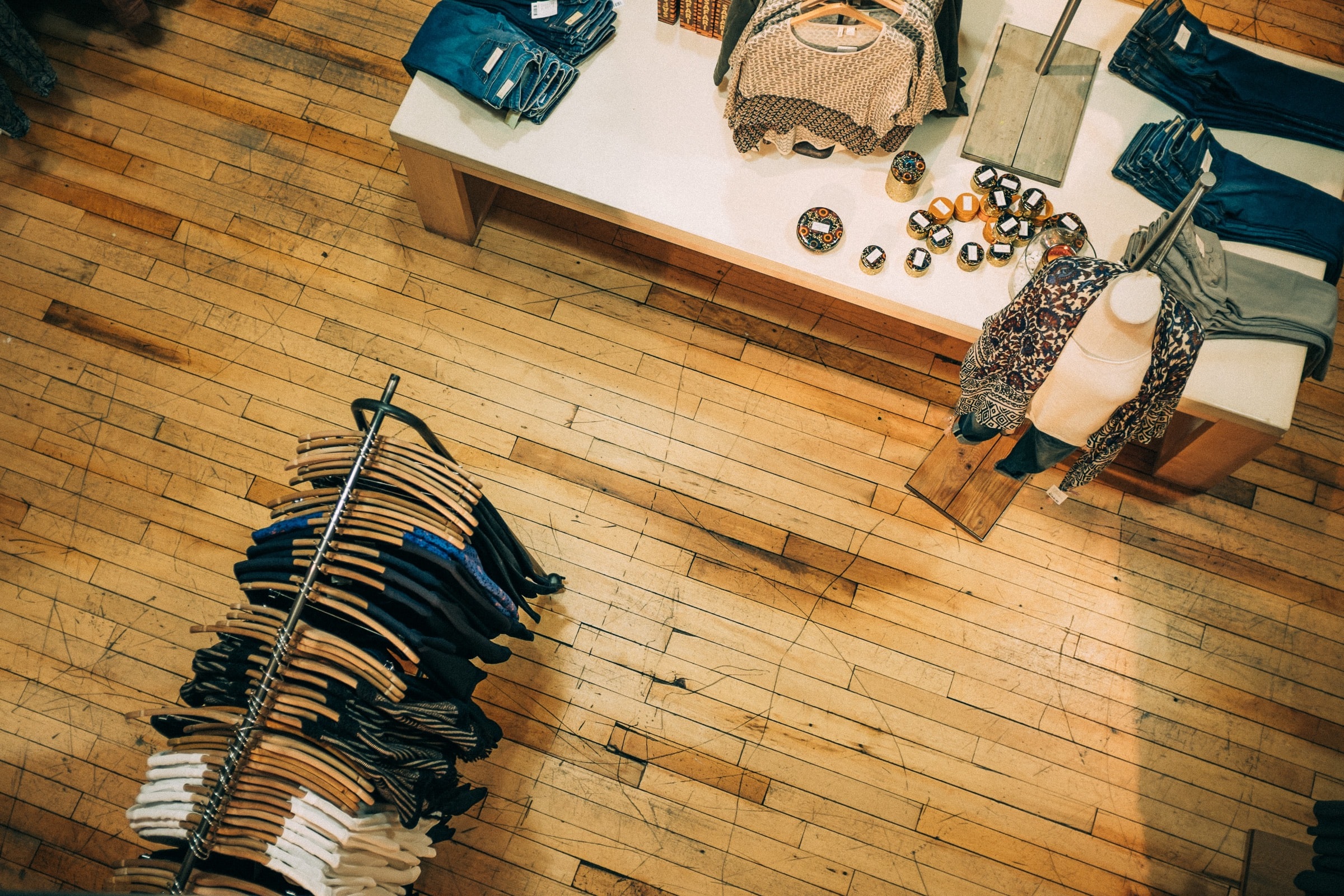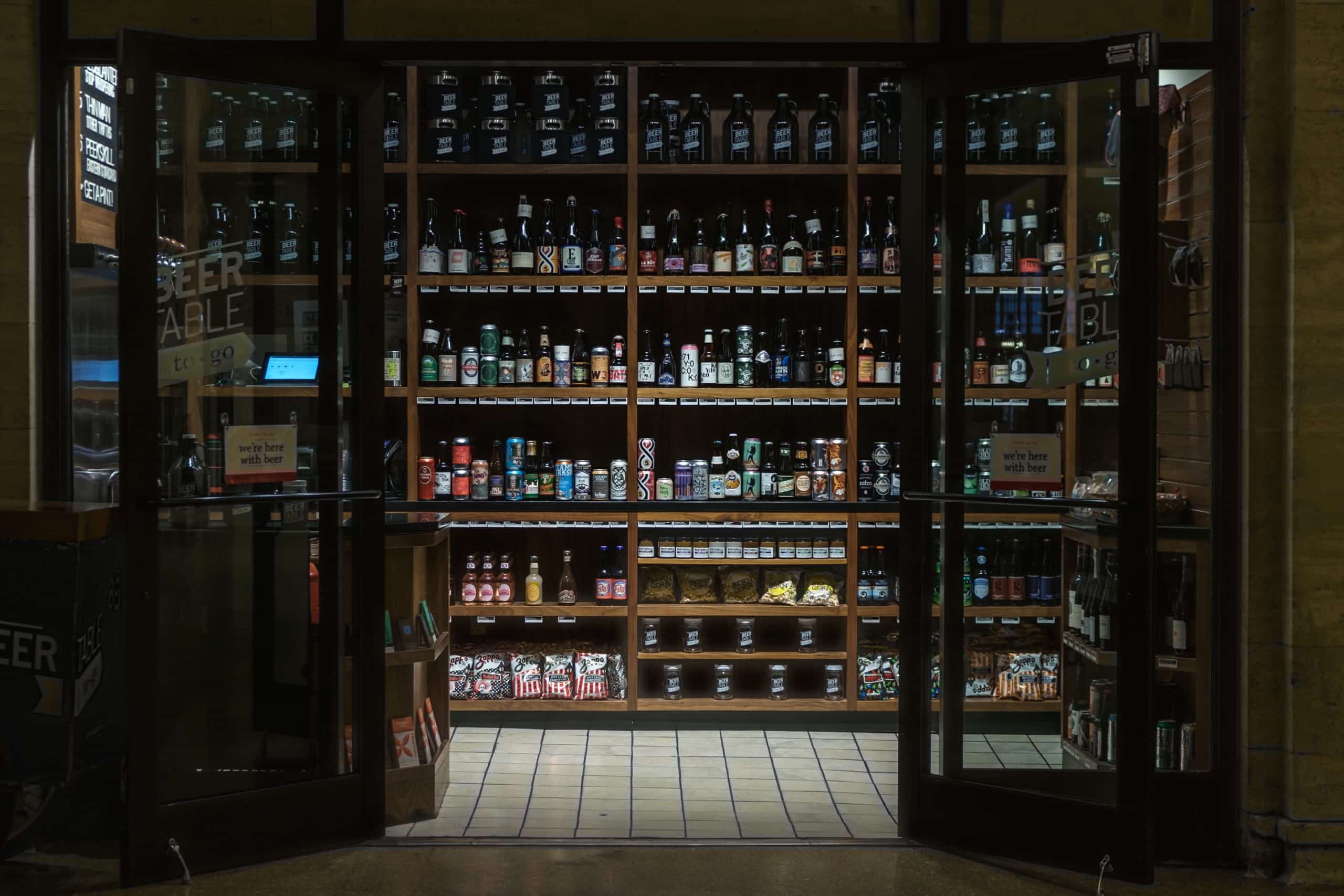Economies around the world have begun reopening, slowly reviving brick and mortar stores and ushering in a new era for retailers.
But as shops begin preparing to open their doors once again, many have realized the need to evolve their physical spaces to a new world — one in which long-standing customer values are even more important to fulfill, and new standards of service are rising.
Now, brands need to provide a new kind of in-store shopping experience if they want to achieve the sales and customer loyalty they need to succeed.

Consumers expect more from brands in the post-quarantine era
The context of the pandemic has heightened consumer values of ease, efficiency, and personalization in two primary ways.
- Shoppers have gotten used to the simplicity and comfort of buying online, especially as retailers continue to innovate their digital offerings.
- Although many people are eager to return to normalcy, they still want a shopping experience that feels safe. A highly personalized and digital experience is integral to ensuring each individual receives the care and attention they’re seeking.
Returning to a traditional in-store shopping experience will not help you meet these new standards. Instead, retailers must transform the offline shopping experience, much like they strive to upgrade shoppers’ online journeys.
3 ways to transform your brick and mortar experience
Here are three ways you can incorporate innovative digital capabilities into your brick and mortar stores to enhance the customer experience and boost loyalty.

1. Take a digital approach to product discoverability
One of the benefits of online shopping over the traditional, in-store experience is the ability to search for products quickly and easily using keywords, creating filters, and sorting results according to the individual’s needs.
By adding these capabilities to your physical stores, you can create a consistent omnichannel shopping experience with equal levels of ease and efficiency both online and offline.
For example, solutions that allow users to search for a specific product or browse a feed of influencers for inspiration provides an immersive and efficient way for shoppers to locate relevant products from within stores.
2. Go “hands-free”
Why are retailers still asking customers to walk around stores with their arms full of clothes or dragging heavy carts? Brands can eliminate this negative aspect of in-store shopping by letting customers digitally select the items they want to try on or buy.
For example, by using a showroom model equipped with tablets or monitors, shoppers can assess items up close and then indicate on an app which sizes they’d like to try on.
From there, store employees have the information they need to bring the right items to the fitting room, creating an effortless experience that caters to shoppers’ desire for ease.
Such tools also offer brands valuable data on customer preferences, which previously only came from online shopping.
With more data, retailers will gain the insights they need to satisfy customers and boost sales, such as which items are most popular, how often to resupply, and which styles their designers should focus on.

3. Boost efficiency with real-time inventory management
Brick and mortar stores will need to boost their inventory management systems in order to gain a foothold in an eCommerce-dominated market.
Unlike online retailers, which benefit from large distribution centers and highly-developed supply chains, physical retailers often operate with less supply and greater constraints on reordering.
When a brick and mortar store runs out of something, that product remains unavailable until the store receives its next shipment, which means interested shoppers will walk away empty-handed.
Ensuring your shoppers complete the purchasing journey and have a better experience in stores will require a higher level of back-office efficiency, in which the supply chain complements the retailer’s online offerings.
With tools that enable real-time, high-scale indexing, stores can keep constant tabs on their inventory and proactively resupply low-volume items.
Solutions that make it easy for shoppers to order and track items that are out-of-stock will also be essential to providing the personalized and efficient experience they are looking for.

With the right tech, brick and mortar stores can reclaim their place
Even as online shopping continues to gain momentum, and even though the COVID-19 pandemic creates major obstacles, brick and mortar stores still play an important role in the retail industry.
In the next era of retail, brick and mortar stores that fare best will be those that have the technological ability to evolve alongside customers’ rising expectations for expedient, inspiring, and personalized shopping experiences.
By incorporating digital tools that make shopping easier, provide brands with valuable data, and better manage their inventory, stores will gain this power.